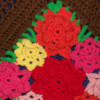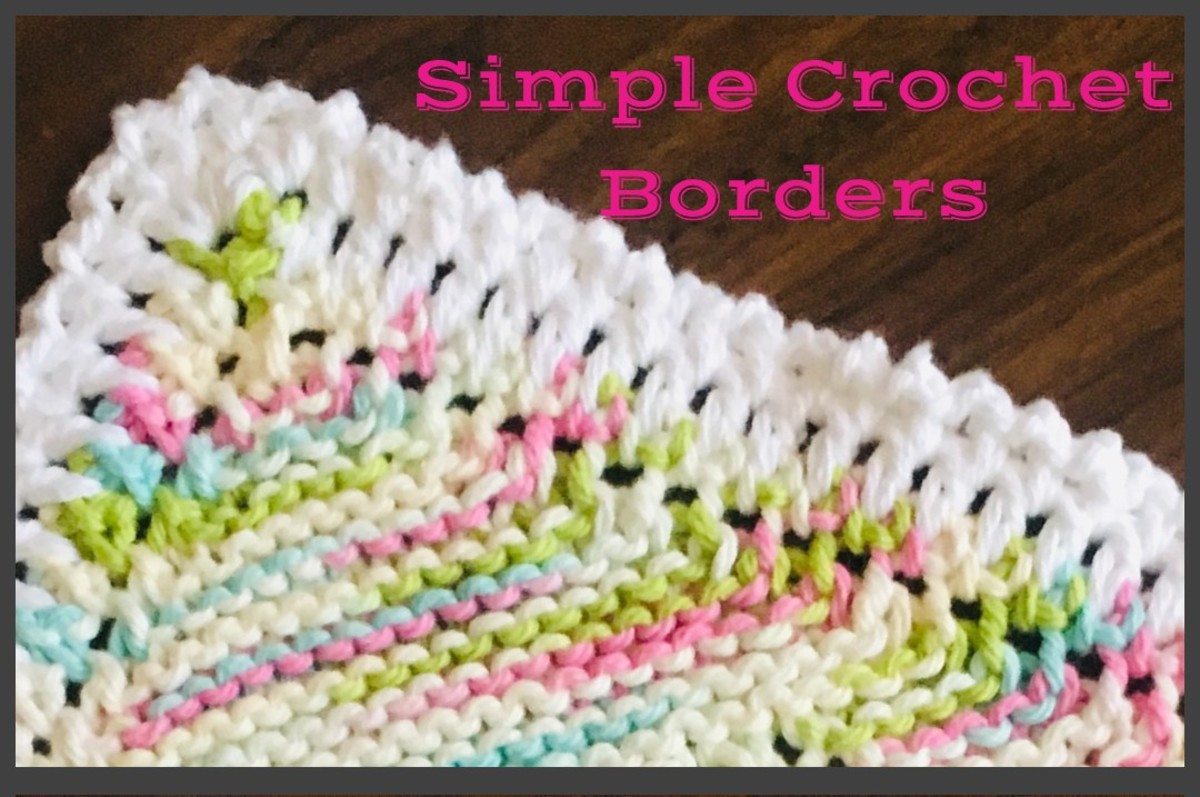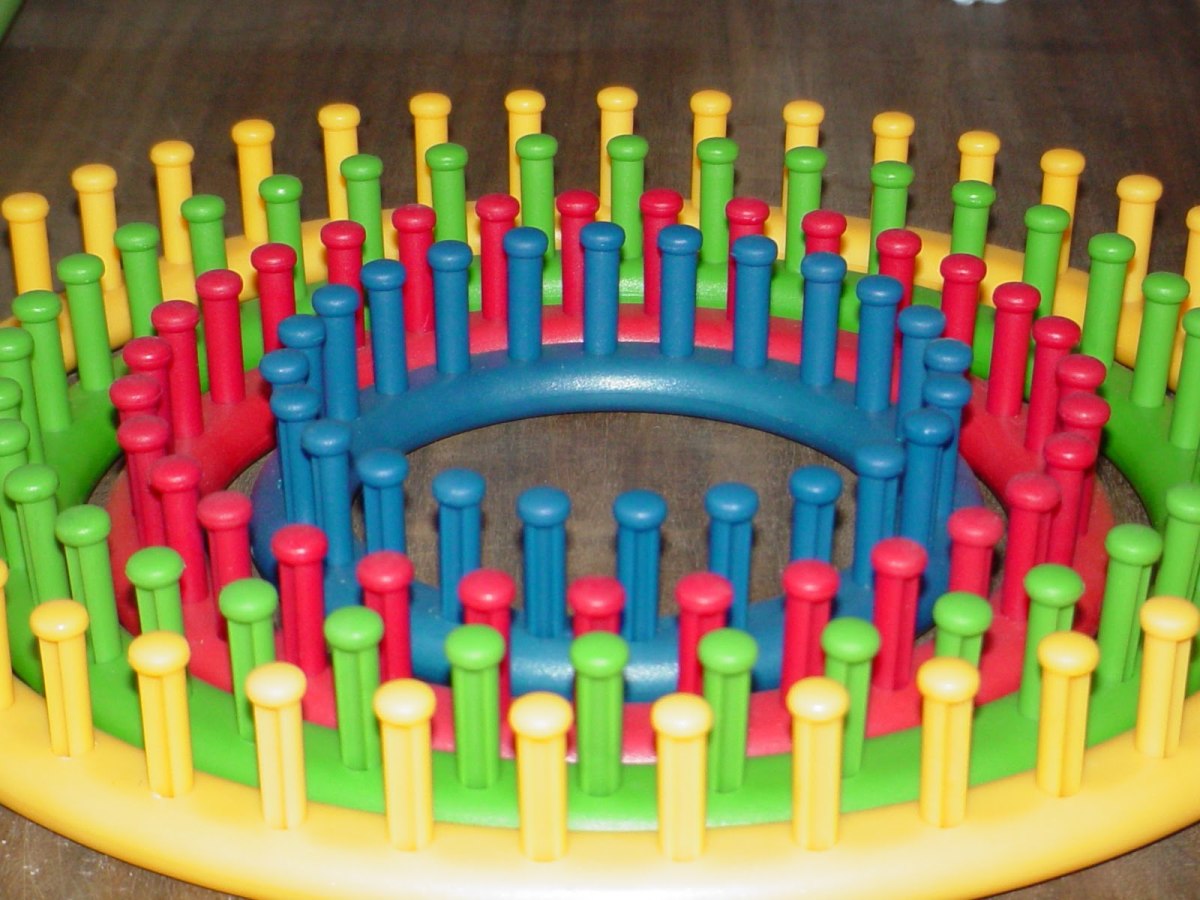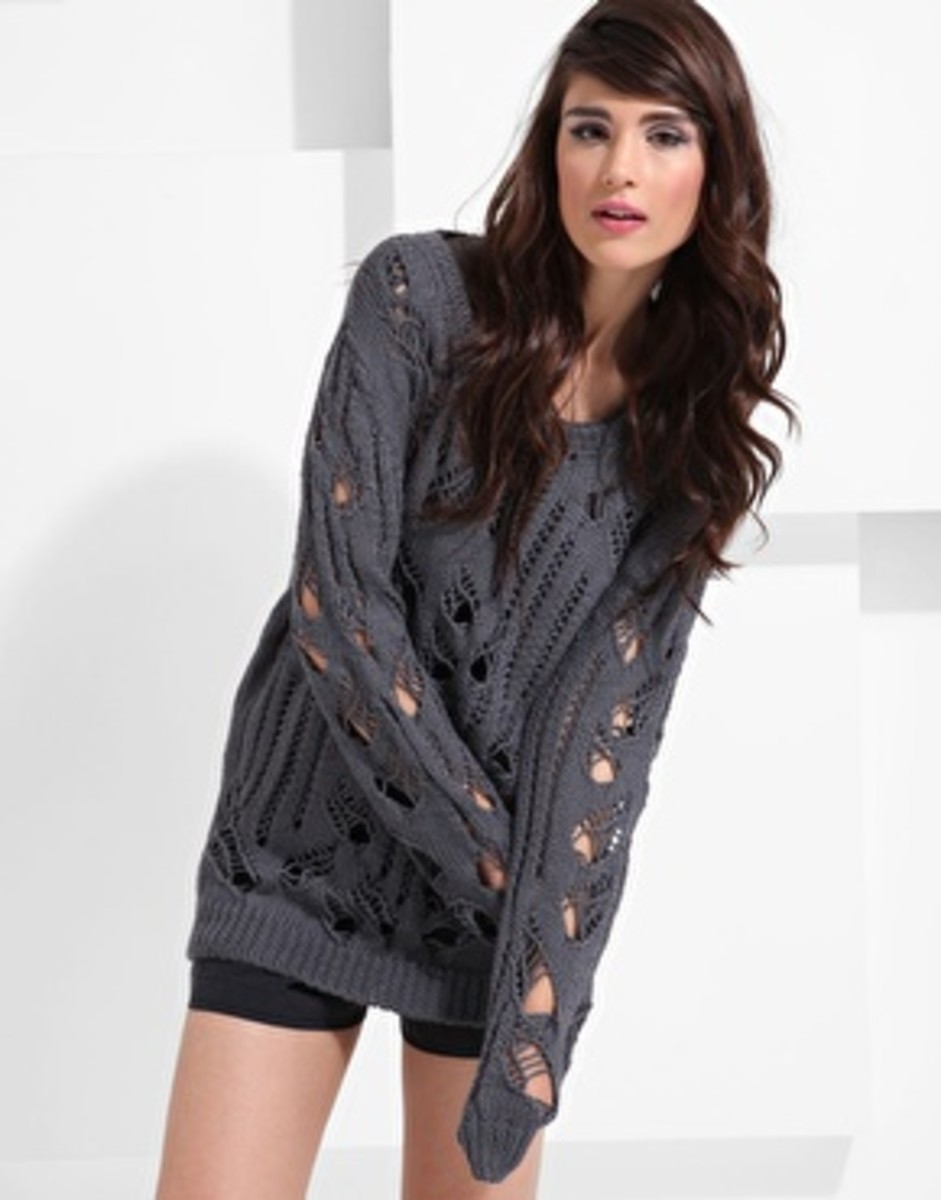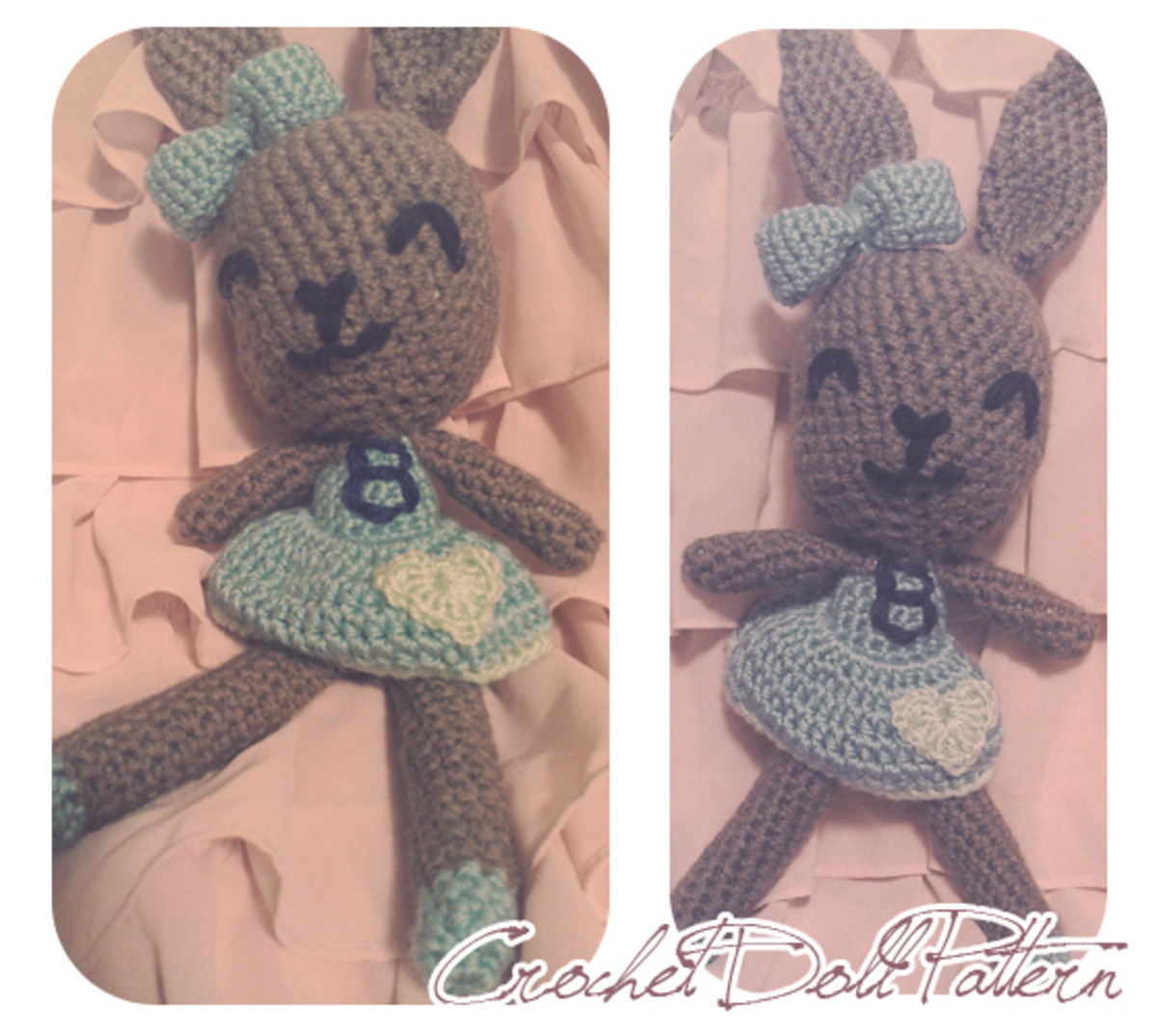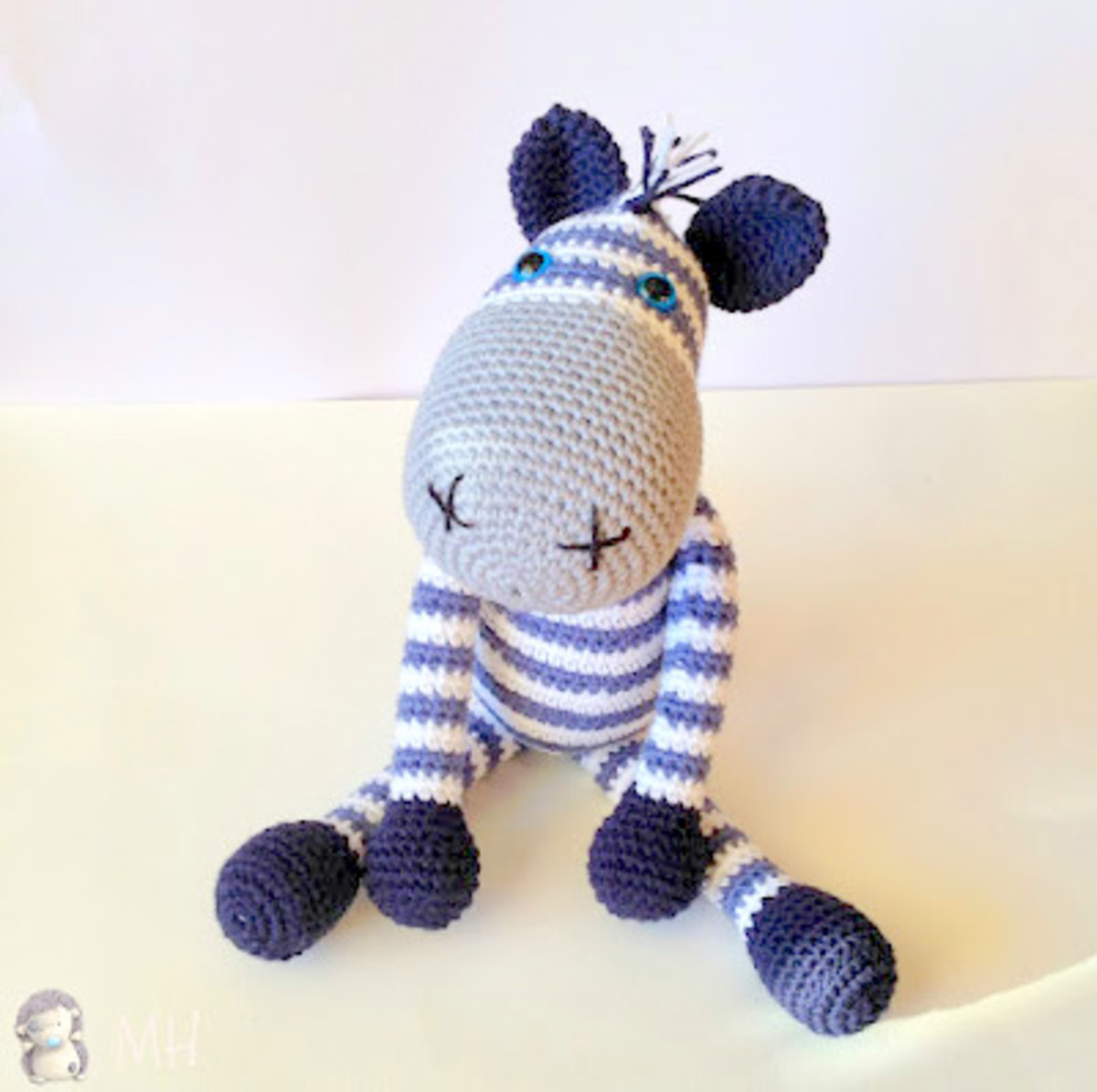- HubPages»
- Arts and Design»
- Crafts & Handiwork»
- Textiles
All That Yarn - Tips on Buying Yarn
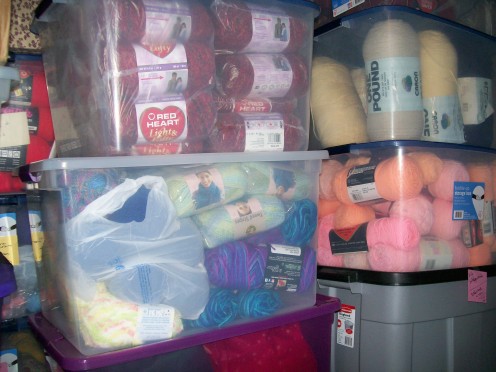
Deciding what you want to buy.
A quick list of buying tips:
- Know what amounts, brands, styles of yarn you need for your pattern or project.
- Know what the regular price is so that when you find it you are not paying extra to buy it online.
- Search the internet IF you don’t have a place in your city/town that carries yarn. Be sure to compare prices for what you find there.
- Don’t go by ounces, but check yardages as well. There is a difference between dark and light yarns in both weight and yardage. (Don’t forget to check the dye lot numbers and match them up. Not all colors come out the same if the dye lots don’t match.)
- Sign up for a yarn sale email list. They might just have what you need on a good sale in a month or so.
- Buy extra skeins so that you will have enough on hand to finish. You don’t want to run out when half way through the 2nd sleeve on the sweater.
- Be flexible…in your choice of yarn, your colors, and you might come up with a new design.
Ok, you have an idea of something you’d like to make, say an afghan for example. Now to go about getting the yarn and not breaking the bank. First, what yarn does the pattern call for? Is it a specialty yarn like a chenille or boucle? Or is it regular acrylic or blends? You can always substitute yarns for what a pattern calls for, IF you make a gauge swatch to make sure it will come out about the same size. A gauge is not always necessary for scarves, afghans, or items that have a little leeway in size. You should always use a gauge for fitted items like hats and mittens, or sweaters.
The rule of thumb is to get more yarn than the pattern calls for…as an example, it calls for 3 skeins of tweedy yarn in blue stripes. Buy 4 skeins just in case there is a problem with the yarn as sometimes one ball is a few yards short of its fellow ball. I have had some skeins come up short on me and I have had to add on a few inches or several inches to finish the project. Since balls are usually by weight with an approximate yardage, it is best to have a little extra on hand. You can always make a scarf using stripes of several different yarns to use up the leftovers.
My grandmother had in her project drawer one and one-half mittens. The yarn color she was using had been discontinued and she could not find any more of it anywhere (and this was before the internet, so no chance to find it either). I had suggested she tear both out and do the ribbing in black so that she would have enough of the ombre to do the main body of the mittens and get them to match as well as be finished. I don’t know if she ever took my advice, or if she gave away the unfinished ones to someone who could finish them.
Sometimes the pattern calls for a yarn that is no longer made, or comes in a different weight than used to be sold. I have run across patterns that call for X numbers of skeins, and the current weight being sold is much less than the original product. The general skein from 1960 and 1970 had 4 ounces. The same skein sold today (by the same company) may only be 3 ounces. Lots of yarn has been discontinued over the years and replaced with “new and different” types of yarn that do not come in the same thread size with fatter threads or thinner threads than the old original 4-ply worsted weight yarn. The general usage yarn of yesterday was either sport weight or worsted weight. Today’s choices include bulky, super bulky, and fibers never used 20-50 years ago. Also, solids and variegated yarn colors are now listed on patterns or skein wrappers as different ounces or yardage. You will get less yarn with a variegated as they sell that color in 1 or 2 ounces smaller skeins. Like, a 4-oz. solid red made by company XYZ has a coordinating red/pink/white ombre that comes in 3-oz. size. If you buy the ombre instead of the solid red, you will need more skeins to do the pattern and not run short. Say the pattern calls for 6 skeins of red and 3 skeins of pink ombre. Then you want to buy 7 skeins of red and 4 or 5 skeins of pink ombre. And make sure that you match the Dye Lot numbers as they can differ from batch to batch from the manufacturer. That way you will be sure to have enough to finish the pattern and have the color look uniform.
Discontinued Yarns
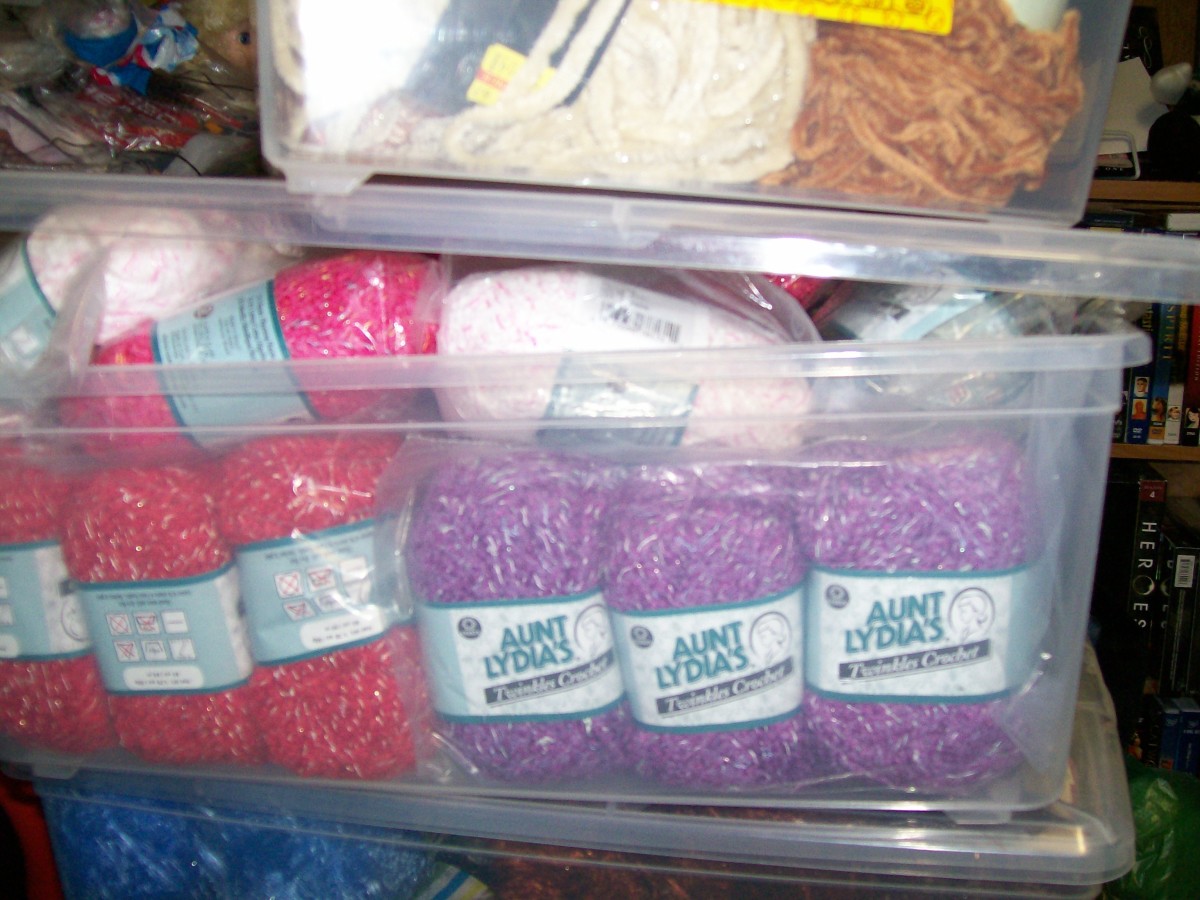
Weight in yarn can vary as with a dark or a very dark color of yarn will have less yardage because the amount of dye makes it weight more than the lighter colors. Four ounces of black does not have the yardage of 4-oz. of white in the exact same brand and style of yarn. They don’t always mention that in the patterns or on the skeins. Also, how tight or loose you crochet or knit will affect the number of yards you use when making a pattern. I have cut off yarn and then had to go back (rip out) and fix an error only to find I either run short or have extra from where I finished up before. So your tension will also come into play in how much yarn you need for a pattern stitch.
I once did an afghan for a class project. Turns out that I had just enough yarn to make exactly one-half the length of the afghan. I had purchased the yarn years ahead of when I used it, and did not realize that the yarn called for in the pattern was measured differently than what I had purchased from Kmart (when they carried yarn in the 1970s). I ended up with a C grade on my project for “not planning ahead” with my materials. If I had not said that I ran short, then the professor would have thought I meant to make a “lap-ghan” instead of a full afghan.
As for buying the yarn you need…what are the resources you have available? I live in a smallish size town as we have one craft store (that carries yarn) and one yarn shop. We used to have a few more but they have disappeared over the years. Also, in the “old days” of the 1970s and 1980s yarn was sold at Safeway (grocery store), Kmart, Wolco/Woolworth, JC Penney, Montgomery Wards, and Ben Franklin. All these stores have either changed their product lines (no more yarn) or gone out of business. These were before Hobby Lobby, Michael’s and other craft/hobby stores that are available today. The 5-and-Dime stores often had a yarn section, along with sewing supplies. They also disappeared from the larger cities. Occasionally you can find one still operating in a very small rural town where the nearest big city is too far to visit for little things like yarn.
Yarn by the Numbers (on the labels)
Yarn Weight & Category Names:
| Lace
| Super Fine
| Fine
| Light
| Medium
| Bulky
| Super Bulky
|
|---|---|---|---|---|---|---|---|
Symbol or Number on Label:
| 0
| 1
| 2
| 3
| 4
| 5
| 6
|
Type of Yarns in Category:
| Fingering, 10-count crochet thread
| Sock, Fingering, Baby
| Sport, Baby
| DK, Light Worsted
| Worsted, Afghan, Aran
| Chunky, Craft, Rug
| Bulky, Roving
|
Recommended Knitting Needle US Size (range):
| 000 to 1
| 1 to 3
| 3 to 5
| 5 to 7
| 7 to 9
| 9 to 11
| 11 and larger
|
Knit Gauge in Stockinette Stitch to 4":
| 33-40 Sts
| 27-32 sts
| 23-26 sts
| 21-24 sts
| 16-20 sts
| 12-15 sts
| 6-11 sts
|
Recommended Crochet Hook US Size (range):
| Steel 6, 7, 8 regular to B-1
| B-1 to E-4
| E-4 to 7
| 7 to I-9
| I-9 to K-10.5
| K-10.5 to M-13
| M-13 and larger
|
Crochet Gauge in Single Crochet to 4":
| 32 - 42 double crochet
| 21-32 single crochet
| 16-20 single crochet
| 12-17 single crochet
| 11-14 single crochet
| 8-11 single crochet
| 5-9 single crochet
|
Since the internet has a virtual catalog to search for yarn shops or warehouses or factory outlets, there are many more choices these days. The only problem is that yarn is a tactile experience and not being able to “feel” the fibers may make you think twice about buying something, or regretting it later that you got something that feels scratchy when it looked so soft in the pictures online. If you have access to a yarn shop, you might have to see if they carry what you want (or maybe even if they could order it for you), and you can compare colors and textures in person.
Also to consider, there are places on the internet that only sell a certain dollar amount before they will even consider shipping or selling you any of their yarns. Others charge so much for shipping and handling that you end up paying double for your yarn. Planning ahead will help out. Do you have several afghan patterns that you want to make or scarves, or sweaters, etc.? Then you might want to plan on getting all the patterns lined up and make your purchases all at the same time. (Then you will need to work on your storage of the yarn until you get around to using it, but that’s discussed in another blog.) Since I do a lot of donated afghans, I try to purchase my yarn in large batches. For example, I have used Smiley’s Yarn Shop to purchase dozens of skeins of Red Heart Light & Lofty in the 3 or 4 colors that they had and I could use. They are listed on the internet, their minimum purchase is $50, but their prices are very low, the only problem might be that the color choices are also minimal. I still have enough left to make about 4 or 5 afghans of those three colors. They no longer have any left of that brand of yarn, so my pre-planning helped me get what I wanted at a very low price and I stocked up when I could afford to do it. Now I have to find another outlet for that particular brand and size of yarn.
I have also shopped sales online, like I signed up for Herrschner’s Yarn Sale emails. I have found a few bargains on eBay for large lots of yarn. If you are not too picky about colors, or are creative in using a variety of colors and yarn styles. Sometimes they have large lots of mixed colors with full or partial skeins from someone’s old stash. Don’t forget to figure in the postage costs as part of your overall yarn costs, or you may end up not saving anything buying it that way. Don’t buy the single skein “buy it now” ones as those tend to be very expensive. I think they are for people who are in desperate need of a particular discontinued yarn and have no other avenue to find it.
I particularly like the Clearance Sale bins at the stores that carry yarn. I have found some interesting colors and fibers over the years. I have purchased all of one color and then kept it until I came across a pattern that would fit it, and works with the amount of yarn that I had purchased on sale. I don’t shop garage or yard sales since the yarn there may be unknown or unlabeled leftovers that the seller has no clue about unless they bought it in the first place.
Buying yarn is a very personal choice. Some like to have choices on hand, some like to only get what is needed for a particular pattern and nothing extra, some like to feel the fibers before they buy it and try it out in the pattern, and some like shopping sales.
Keep checking your favorite store for bargains, or watch for sale flyers or ads, so that you can save a bit when getting what yarns you want. There are a lot more possibilities with the internet, just be cautious about your searches…buyer beware and that if it sounds/looks too good to be true it probably is not good at all. Happy yarn bargain hunting!
